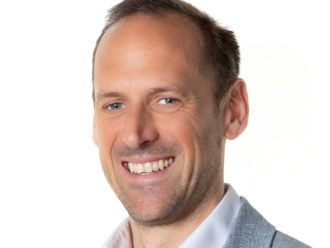Today we will be considering belief but not – even though I know convention dictates every investment column this summer should be on the subject of investor complacency – the apparent belief of much of the world that markets can now be kept aloft by little more than happy thoughts and pixie dust as opposed to anything as pedestrian as, say, corporate earnings growth.
Instead, I have been much taken by two recent examples of people questioning how much belief fund managers and other professionals have in the way they invest. It was Marcus Brookes, head of multi-manager at Schroders, who introduced me to the idea of the “full believer” and how their belief, while a good thing, can sometimes make investing with them a tough option.
“Often the reason one fund manager is outperforming when their asset class is getting cheaper is they do not actually believe in that asset class,” Brookes explained. “They are being defensive and that is why they are outperforming. Whereas, when a market does turn, the fund manager you want is the full believer – and that is probably someone who has been languishing in the fourth quartile.”
I liked this not just for itself but also because it reminded me of something I have been meaning to write about in this space for a little while now – the assertion of Oaktree Capital chairman Howard Marks that investors who are always trying to make the right decisions must necessarily be willing to bear “the inescapable risk of being wrong”.
To put it another way, investors must choose whether they want superior investment returns or to avoid looking silly. They cannot, Marks suggests, have it both ways and what flows from this is that investors must not only understand their own motivations here but also those of any professional they may employ to invest on their behalf.
In his client memo, Dare to be different II, Marks highlighted a news story about a pension consultant who had ducked a decision to invest further money with a high-profile fund manager, who had been suffering some negative press, on the basis “if it doesn’t work out, it looks like you don’t know what you are doing”.
In a world where the flak professional investors receive for their ‘wrong’ decisions far outweighs the plaudits they enjoy for their ‘right’ ones, Marks accepted there was a certain logic to this stance and indeed went on to voice his suspicion many institutional investment organisations operate an unwritten rule of ‘Never buy so much of something that, if it doesn’t work, we’ll look bad’.
However, he added: “People who follow this rule must understand that, by definition, it will keep them from buying enough of something that works for it to make much of a difference for the better.” Of course I find it hard to believe Portfolio Institutional readers either follow that unwritten rule or would knowingly employ those who do but, then again, I would not wish to be complacent about it.
Julian Marr is editorial director of Adviser-Hub and co-author of Investing in emerging markets – the BRIC economies and beyond




Comments